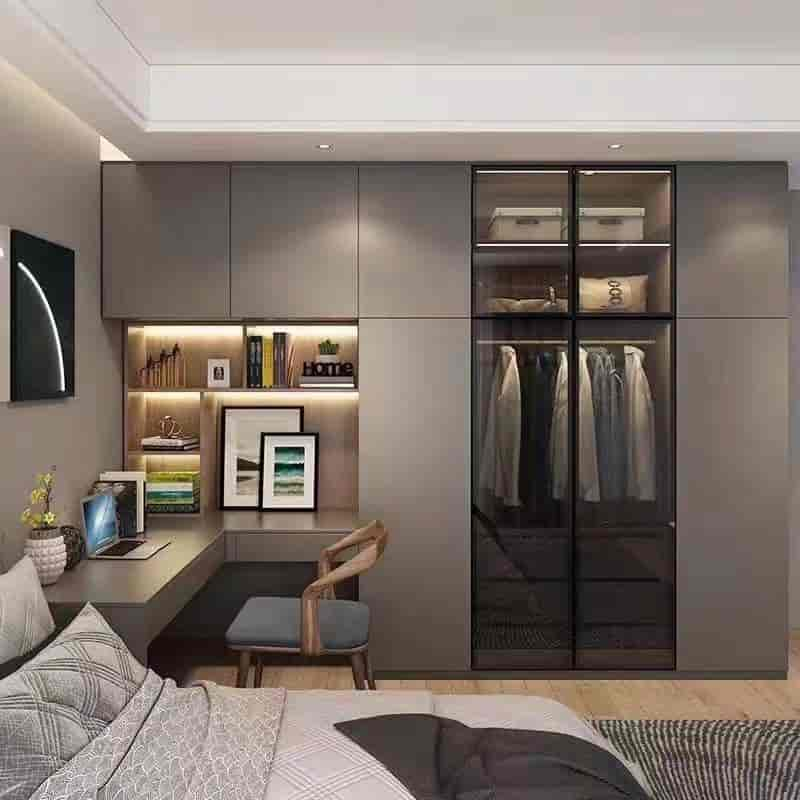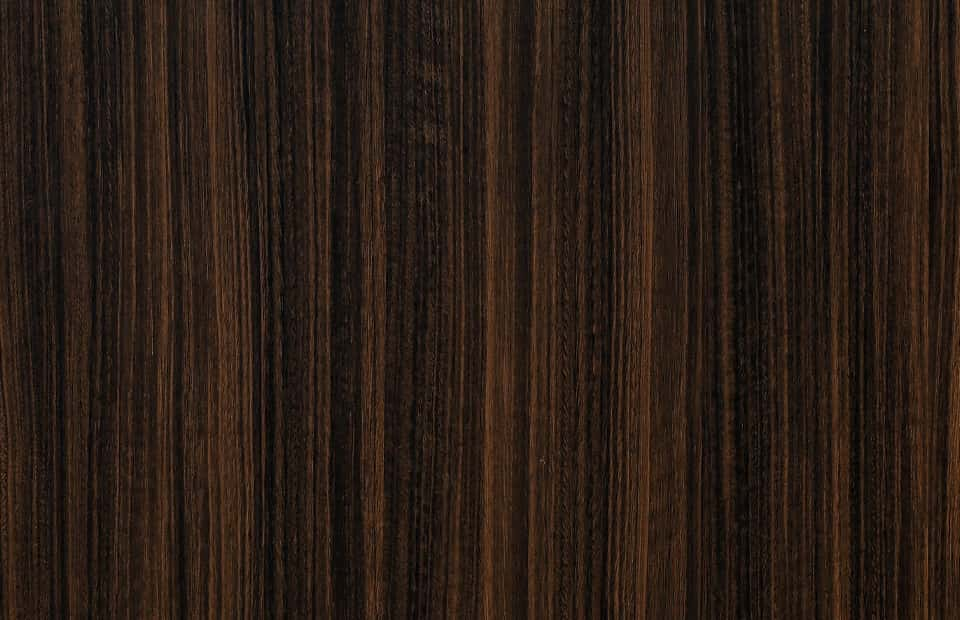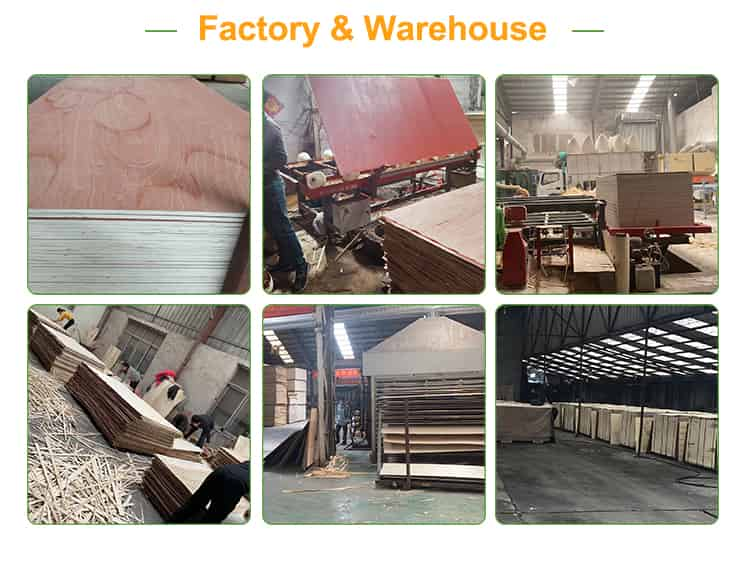## Digital Film Faced Plywood
The world of construction and interior design is rapidly embracing digital innovations to enhance durability, aesthetic appeal, and functionality. One such innovation is the advent of Digital Film Faced Plywood, a versatile material that combines the inherent benefits of traditional plywood with the modern enhancements offered by digital technology. This type of faced plywood comes in various thicknesses, including 18mm, 12mm, and 21mm, catering to diverse application needs across industries.

### Product Variants
Digital Film Faced Plywood presents itself in an array of product variants, each tailored for specific uses. For instance, the 18mm Black Film Faced Plywood offers a sleek black finish, ideal for modern decors seeking a touch of elegance and sophistication. It’s not just about looks; the 18mm variant ensures structural robustness required for heavier duty applications while maintaining its aesthetic charm.

Another option, the 12mm Film Faced Plywood, strikes a balance between strength and flexibility, making it suitable for tasks that demand both qualities. Whether it be for furniture or decorative paneling, this thinner variant proves its versatility across various projects.

For more specialized needs where superior moisture and heat resistance are paramount, the 21mm Phenolic Film Faced Plywood enters the picture. Its phenolic resin surface not only provides an extra layer of protection against environmental challenges but also brings along enhanced dimensional stability and a surface ready for post-forming treatments.

### Application Spectrum
The adaptability of Digital Film Faced Plywood extends across a broad spectrum of applications. From creating durable yet visually appealing furniture pieces that blend functionality with style, to crafting intricate interior designs that demand precision and finesse, these materials cater to both commercial and residential sectors. The digital film’s smooth finish further allows for high-resolution imaging and printing, ushering designers into an era where their creative visions can be directly applied onto functional surfaces without sacrificing performance.

### Advantages Over Traditional Plywood
Compared to conventional plywood, Digital Film Faced Plywood boasts several advantages. The digital overlay ensures consistent patterns and textures, reducing the visible flaws associated with natural wood grains. Furthermore, the protective film layer acts as a shield against scratches, stains, and moisture—enhancing the longevity and reducing maintenance requirements of the final products. This improved durability translates to cost savings in the long run, making it an economical choice despite its initially higher price point compared to regular plywood.

### Manufacturing Considerations
Manufacturers must adhere to stringent quality controls to produce Digital Film Faced Plywood that meets industry standards. From ensuring the plywood substrate’s integrity to guaranteeing the film layer’s uniformity and adhesion, each stage of production is crucial. Additionally, the digital printing process necessitates precise color management systems to guarantee the accuracy of designs and patterns across large batches. Such rigorous manufacturing practices ensure that every piece meets the expectations of architects, designers, and end-users alike.

In conclusion, Digital Film Faced Plywood stands at the forefront of innovative construction materials. By offering a harmonious blend of aesthetic beauty, enhanced functionality, and improved durability, it transcends traditional plywood’s limitations. As technology continues to advance, expect further enhancements in this domain, pushing the boundaries of what’s possible in design and construction.

